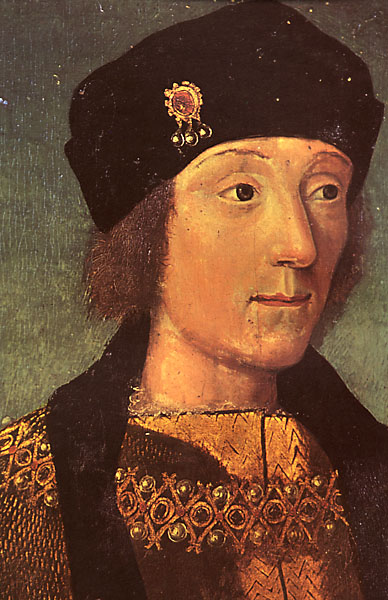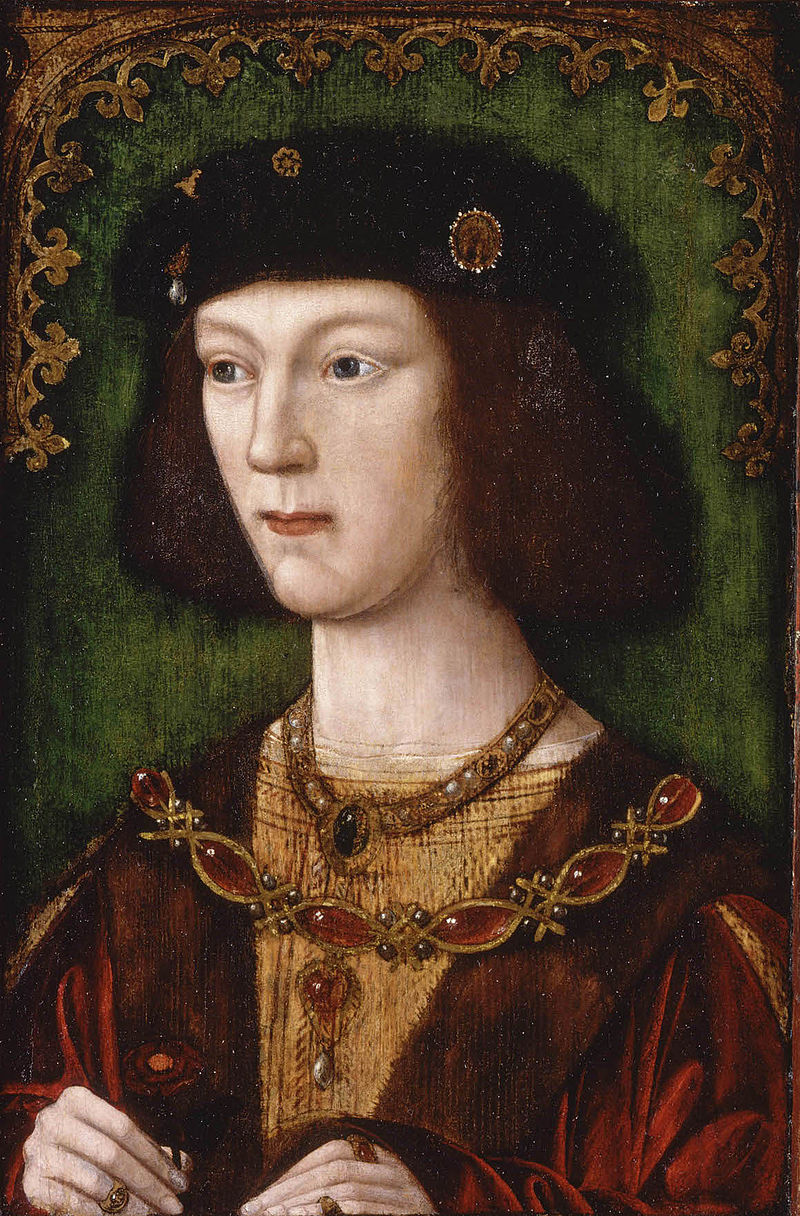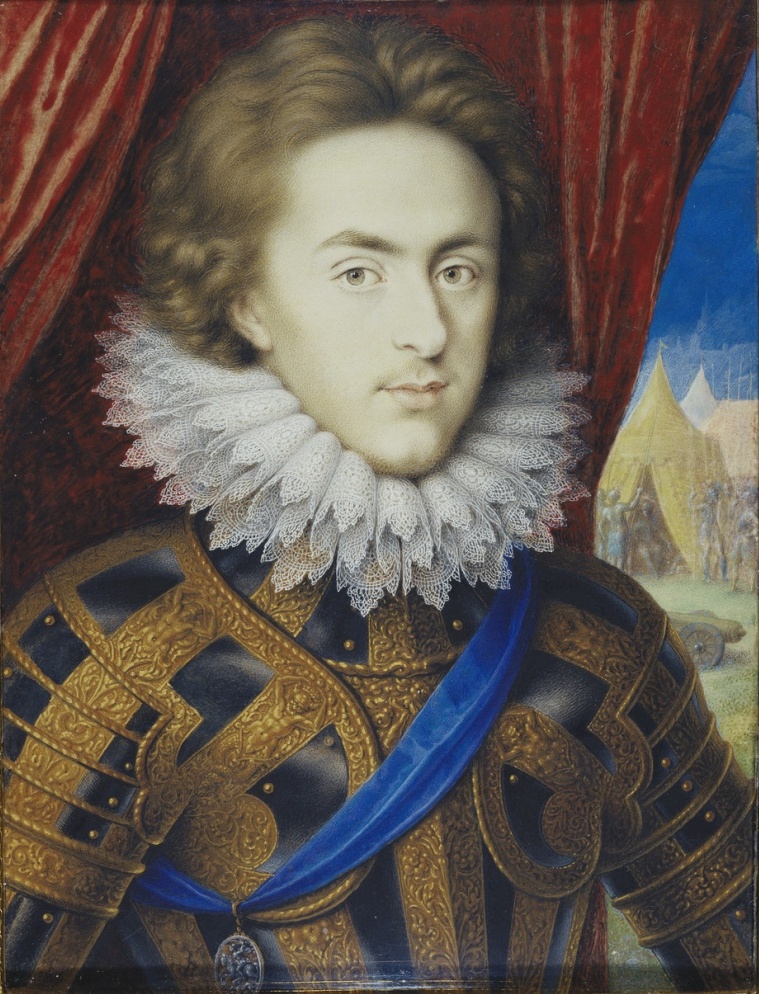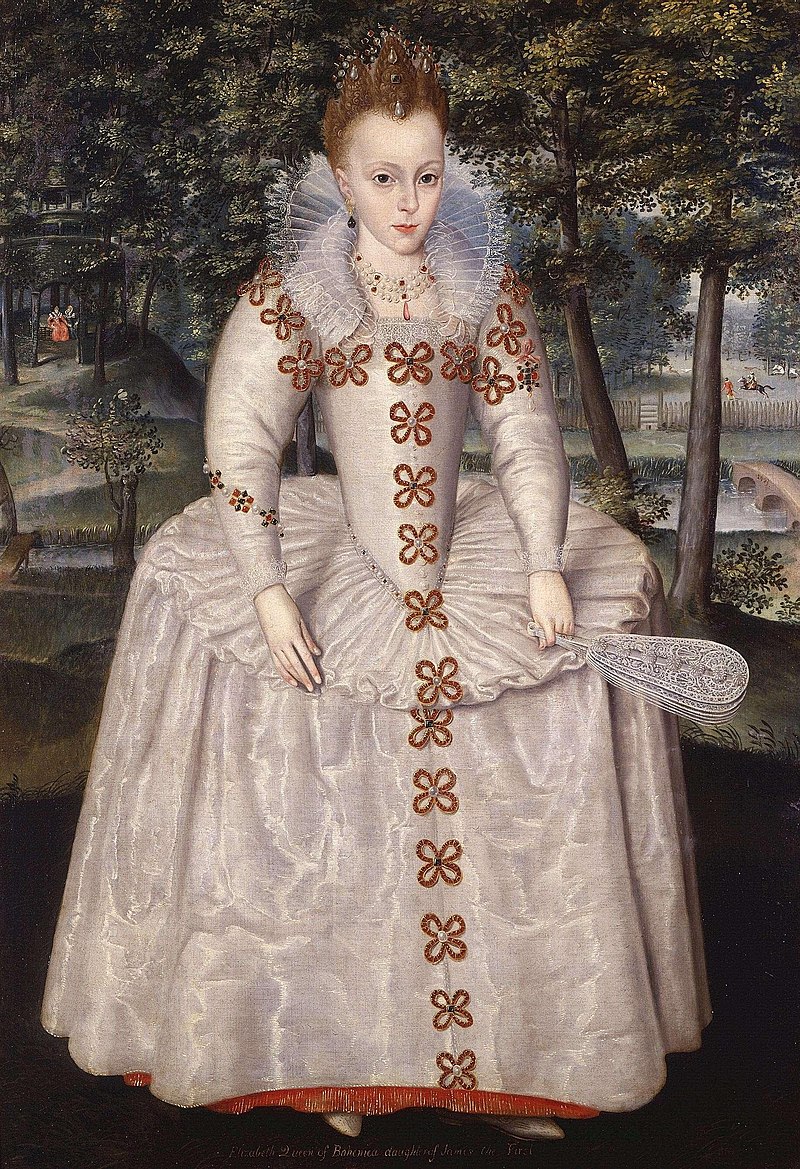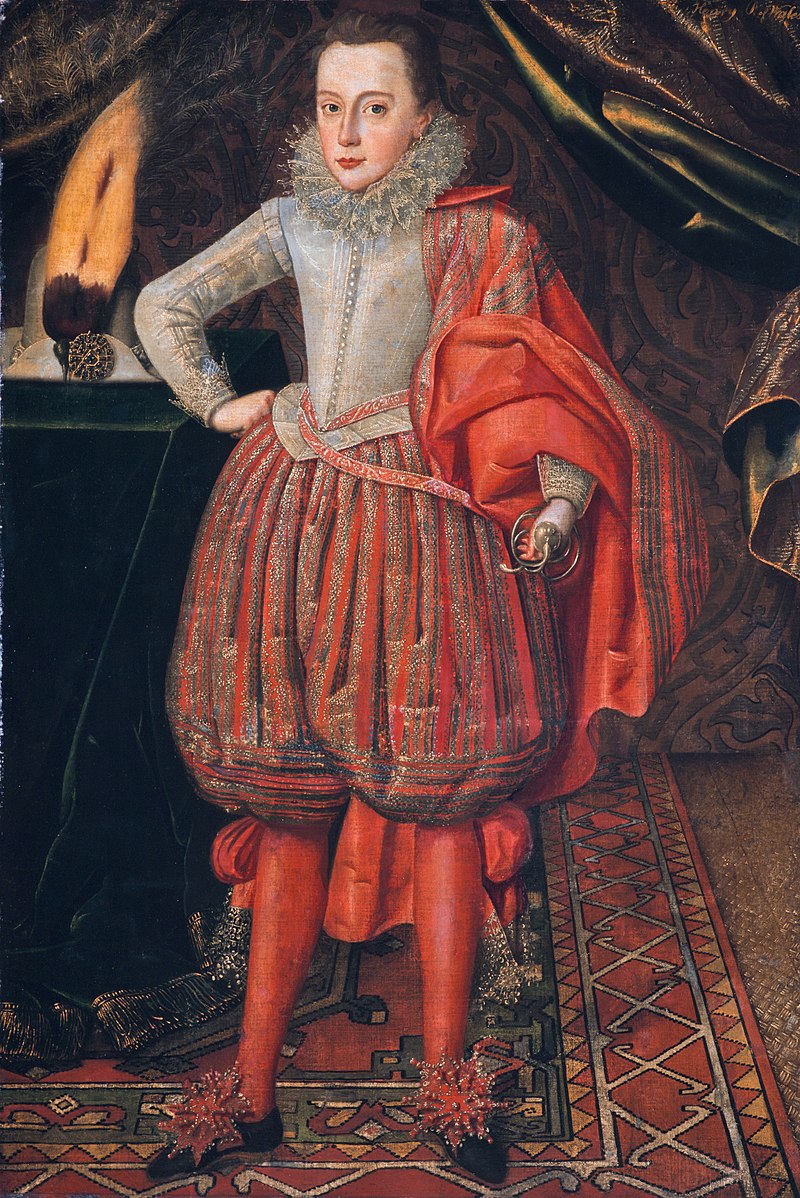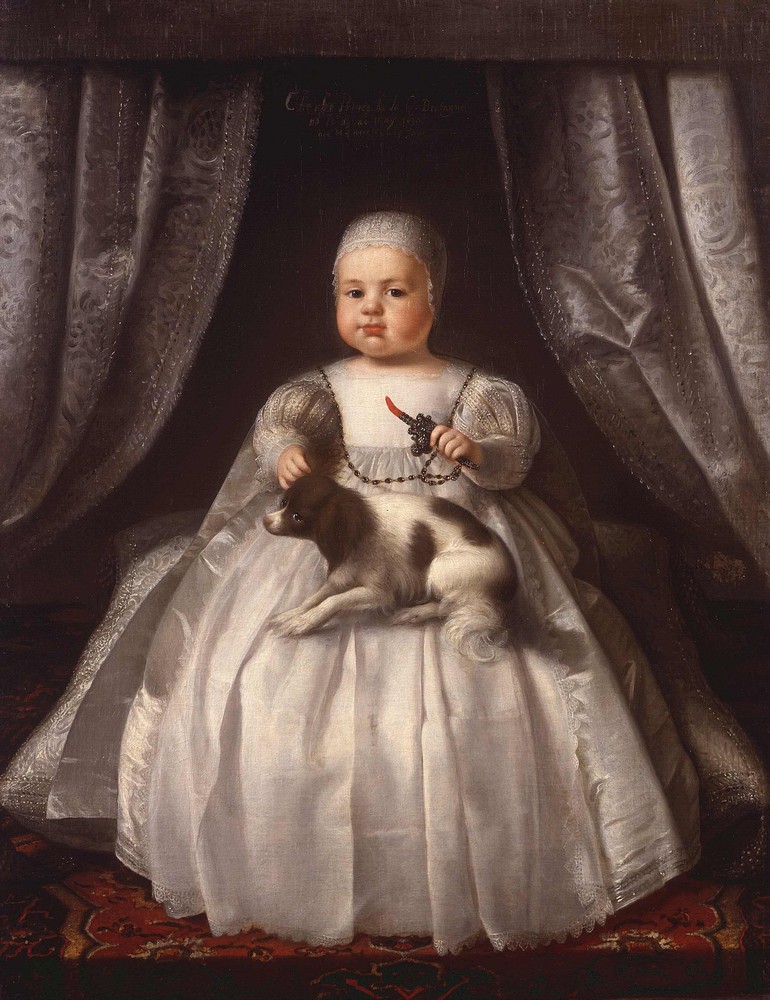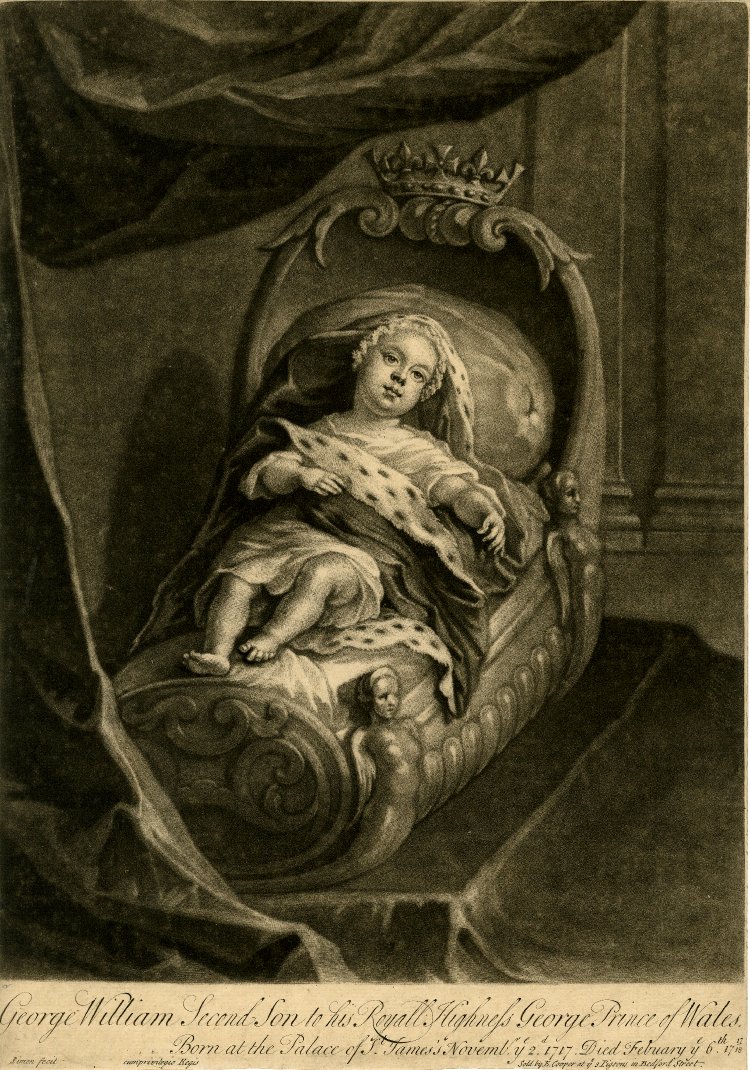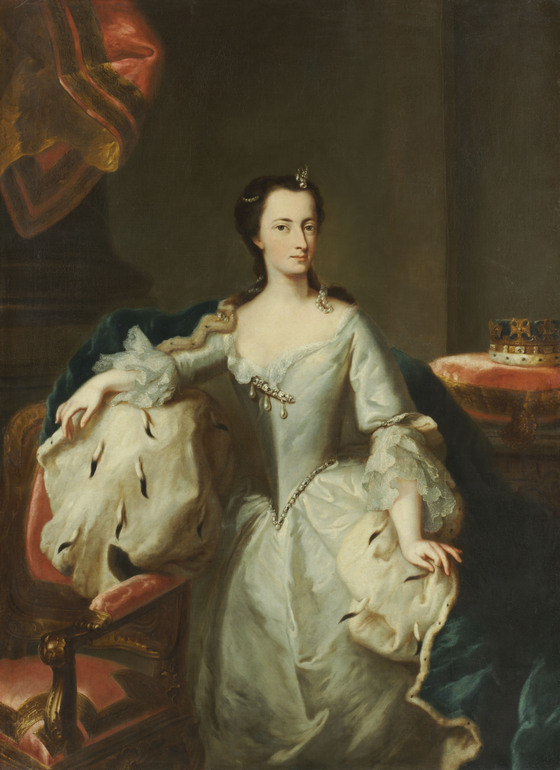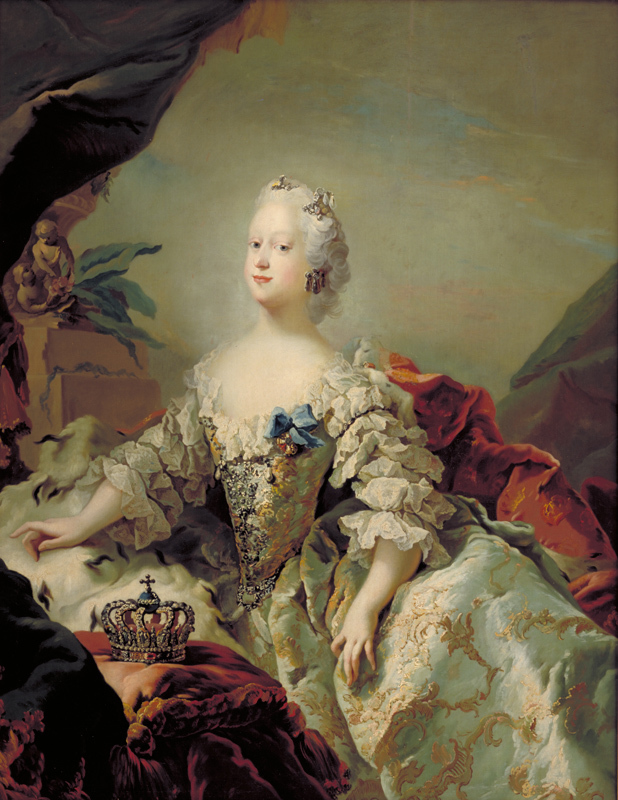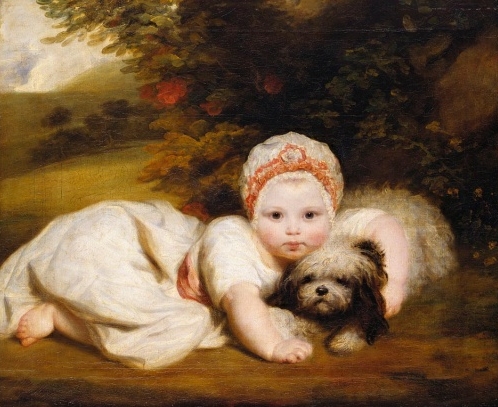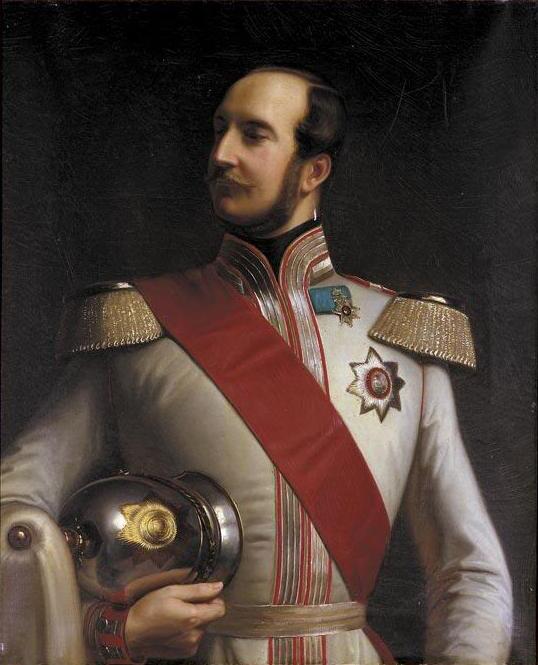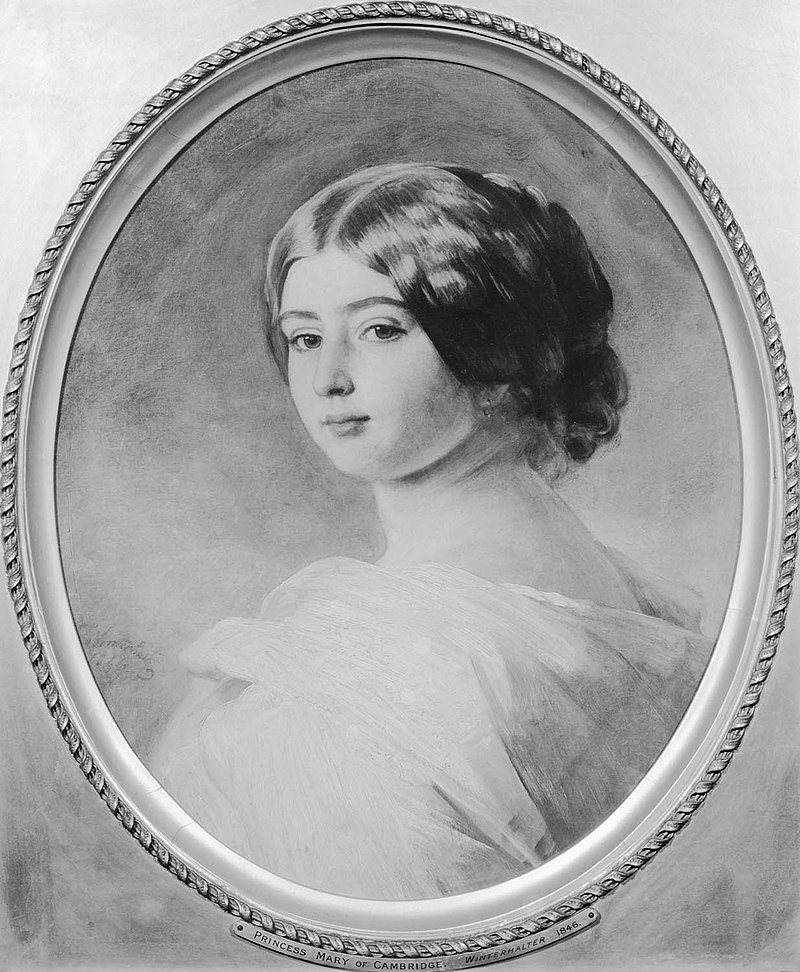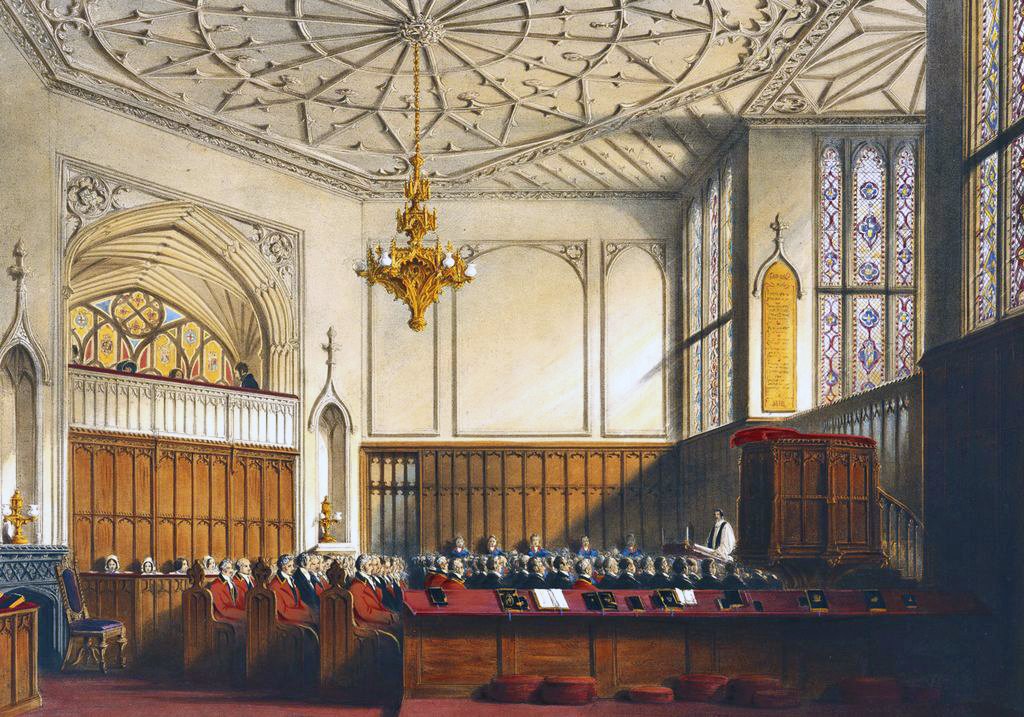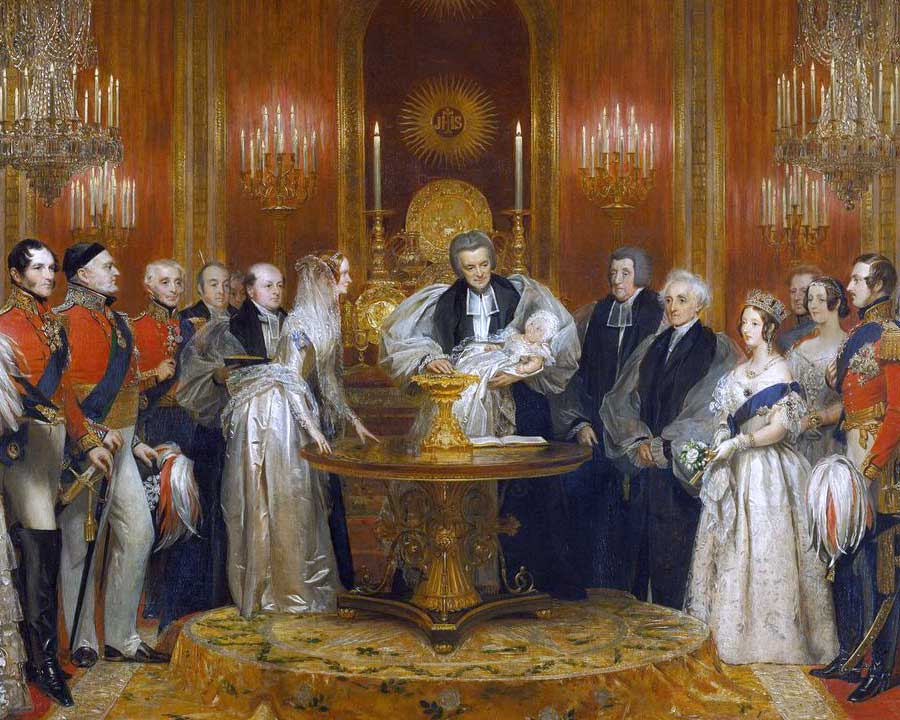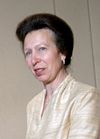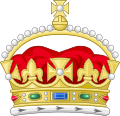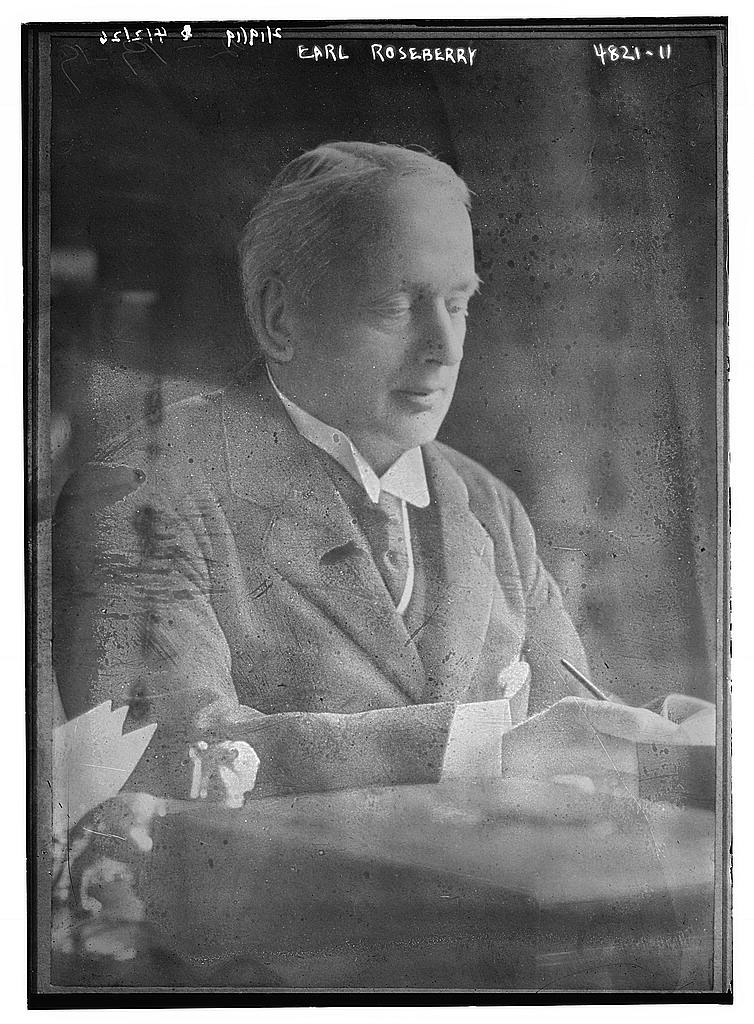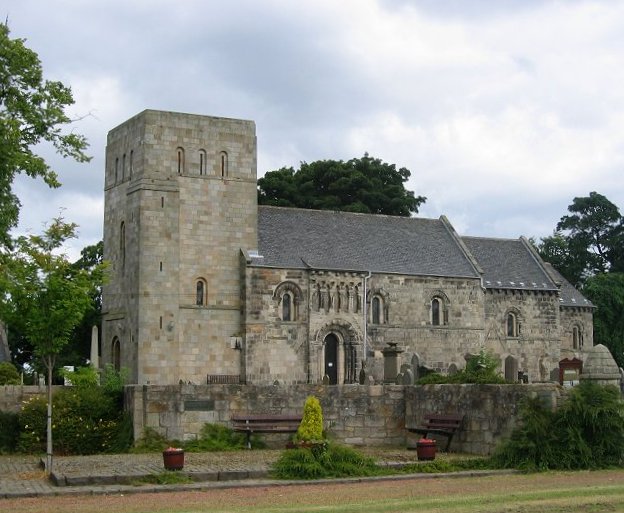by Susan Flantzer
© Unofficial Royalty 2021
The Dutch royal family are members of the Protestant Church in the Netherlands. It was formed in 2004 by the merger of the Dutch Reformed Church, the Reformed Churches in the Netherlands and the Evangelical Lutheran Church in the Netherlands. Queen Máxima, the wife of the current monarch King Willem-Alexander, was born in Argentina and was raised as a Roman Catholic. She retained her religion after her marriage but her children were christened as members of the Protestant Church in the Netherlands.

Grote of Sint-Jacobskerk; Credit – By Ralf Roletschek (talk) – Fahrradtechnik auf fahrradmonteur.de – https://commons.wikimedia.org/w/index.php?curid=10439163
Originally a Roman Catholic church, the Grote of Sint-Jacobskerk in The Hague, the Netherlands – in English, The Great Church or St. James’ Church – has been the site of quite a number of christenings of the House of Orange in the 17th and 18th centuries and also some recent christenings and weddings. The church was founded in the late 13th century and was probably a wooden church. The present church was built in stages between the 14th and 16th centuries.

Domkerk in Utrecht; Credit – Von Massimo Catarinella – Eigenes Werk, CC BY 3.0, https://commons.wikimedia.org/w/index.php?curid=7702712
Some members of the Dutch royal family were christened at the Domkerk in Utrecht, the Netherlands. The church was originally a Roman Catholic church but since 1580 it has been Protestant. Its tower is the highest church tower in the Netherlands.
**********************
Queen Juliana of the Netherlands

Credit – Wikipedia
- Unofficial Royalty: Queen Juliana of the Netherlands
- Parents: Queen Wilhelmina and Prince Hendrik, born Duke Heinrich of Mecklenburg-Schwerin
- Born: April 30, 1909, at Noordeinde Palace in The Hague, the Netherlands
- Christened: June 5, 1909, in the Willemskerk in The Hague, the Netherlands
- Names: Juliana Louise Emma Marie Wilhelmina
- Godparents:
- Dowager Queen Emma of the Netherlands, her maternal grandmother, born Emma of Waldeck-Pyrmont
- Grand Duchess of Mecklenburg-Schwerin, her paternal grandmother, born Marie of Schwarzburg-Rudolstadt
- Princess of Schwarzburg-Rudolstadt, her paternal great-grandmother, born Mathilde of Schönburg-Waldenburg
- Princess Marie of the Netherlands
- Grand Duchess of Baden, born Princess Luise of Prussia
- Princess of Erbach-Schönberg, her maternal great-aunt, born Elisabeth of Waldeck-Pyrmont
- Duke Johan Albrecht of Mecklenburg-Schwerin, her paternal uncle
- Duke Adolf Frederik of Mecklenburg, her paternal uncle
***********************
Queen Beatrix (see below)
***********************
Princess Irene of the Netherlands
Embed from Getty Images
Princess Irene, in the carriage, with her sister Princess Beatrix
- Unofficial Royalty: Princess Irene of the Netherlands
- Parents: Queen Juliana and Prince Bernhard, born Prince Bernhard of Lippe-Biesterfeld
- Born: August 5, 1939, at the Soestdijk Palace in Baarn, the Netherlands
- Christened: May 31, 1940, in the Private Chapel at Buckingham Palace in London, England (On May 10, 1940, the German army invaded the Netherlands. A few days later, the Dutch royal family fled to London.)
- Names: Irene Emma Elisabeth
- Godparents – among her godparents:
- Queen Elizabeth of the United Kingdom, later The Queen Mother, born The Honorable Elizabeth Bowes-Lyon
***********************
Princess Margriet of the Netherlands
- Unofficial Royalty: Princess Margriet of the Netherlands
- Parents: Queen Juliana and Prince Bernhard, born Prince Bernhard of Lippe-Biesterfeld
- Born: January 19, 1943, at the Ottawa Civic Hospital in Ottawa, Canada (Her family was living in Canada, having fled the Netherlands in 1940 during the German invasion.)
- Christened: June 29, 1943, at St Andrew’s Presbyterian Church in Ottawa, Canada
- Names: Margriet Francisca
- Godparents:
- Franklin D. Roosevelt, President of the United States
- Queen Mary of the United Kingdom, born Princess Victoria Mary of Teck
- Alexander Cambridge, 1st Earl of Athlone, Governor-General of Canada, husband of her first cousin once removed Princess Alice of Albany
- Crown Princess Märtha of Norway, born Princess Märtha of Sweden
- Martine Roell, her mother’s lady-in-waiting
- The Dutch Merchant Fleet
***********************
Princess Christina of the Netherlands
Embed from Getty Images
Princess Christina being held by her sister Princess Irene with her godfather Winston Churchill and her mother Queen Juliana
- Unofficial Royalty: Princess Christina of the Netherlands
- Parents: Queen Juliana and Prince Bernhard, born Prince Bernhard of Lippe-Biesterfeld
- Born: February 18, 1947, at Soestdijk Palace in Baarn, the Netherlands
- Christened: October 9, 1947, at the at the Domkerk in Utrecht, the Netherlands
- Names: Maria Christina
- Godparents:
- Princess Beatrix of the Netherlands, her eldest sister
- Winston Churchill, Prime Minister of the United Kingdom
- Princess of Lippe-Biesterfeld, her paternal grandmother, Armgard von Cramm
- Felix of Bourbon-Parma, Prince of Luxembourg
- Princess Anne of Bourbon-Parma, later Queen of Romania
***********************
Queen Beatrix of the Netherlands
Embed from Getty Images
Beatrix with her parents
- Unofficial Royalty: Queen Beatrix of the Netherlands
- Parents: Queen Juliana and Prince Bernhard, born Prince Bernhard of Lippe-Biesterfeld
- Born: January 31, 1938, at Soestdijk Palace in Baarn, the Netherlands
- Christened: May 12, 1938, in the Grote of Sint-Jacobskerk in The Hague, the Netherlands
- Names: Beatrix Wilhelmina Armgard
- Godparents:
- Leopold III, King of the Belgians
- Princess Alice of Albany, Countess of Athlone, her maternal first cousin twice removed
- Elisabeth, Princess of Erbach-Schönberg, her maternal great-great-aunt
- Duke Adolf Friedrich of Mecklenburg, her paternal great uncle
- Countess Allene de Kotzebue, her father’s friend, born Allene Tew in the United States
***********************
King Willem-Alexander (see below)
***********************
Prince Friso of Orange-Nassau
Embed from Getty Images
Prince Friso with his parents on his christening day
- Unofficial Royalty: Prince Friso of Orange-Nassau
- Parents: Queen Beatrix and Prince Claus, born Claus von Amsberg
- Born: September 25, 1968, at the University Medical Center in Utrecht, the Netherlands
- Christened: December 28, 1968, at the Domkerk in Utrecht, the Netherlands
- Names: Johan Friso Bernhard Christiaan David
- Godparents:
- Queen Juliana of the Netherlands, his maternal grandmother
- Prince Harald of Norway, the future King Harald V of Norway
- Johan Christian Baron von Jenisch, his father’s friend
- Herman van Roijen, Dutch diplomat and politician
- Christina von der Recke, his paternal aunt, born Christina von Amsberg
- Because of an issue with his fiancée, the decision was made not to request formal consent from the Dutch parliament for the marriage. Because of this, Prince Friso relinquished his rights to the Dutch throne and his title of Prince of the Netherlands. He retained his personal title of Prince of Orange-Nassau.
***********************
Prince Constantijn of the Netherlands
Embed from Getty Images
Prince Constantijn with his mother
- Unofficial Royalty: Prince Constantijn of the Netherlands
- Parents: Queen Beatrix and Prince Claus, born Claus von Amsberg
- Born: October 11, 1969, at the University Medical Center in Utrecht, the Netherlands
- Christened: February 21, 1970, at the Domkerke in Utrecht
- Names: Constantijn Christof Frederik Aschwin
- Godparents:
- King Constantine II of Greece
- Prince Aschwin of Lippe-Biesterfeld, his paternal uncle
- Axel von dem Bussche, German diplomat
- Max Kohnstamm, Dutch historian and diplomat, served as private secretary to Queen Wilhelmina
- Corinne de Beaufort-Sickinghe, former governess of Queen Beatrix and her sister Princess Irene
***********************
King Willem-Alexander of the Netherlands
Embed from Getty Images
Willem-Alexander being held by his mother as his father looks on
- Unofficial Royalty: King Willem-Alexander of the Netherlands
- Parents: Queen Beatrix and Prince Claus, born Claus von Amsberg
- Born: April 27, 1967, at the University Medical Center in Utrecht, the Netherlands
- Christened: September 2, 1967, at Grote of Sint-Jacobskerk in The Hague, the Netherlands
- Names: Willem-Alexander Claus George Ferdinand
- Godparents:
- Prince Bernhard of Lippe-Biesterfeld, his maternal grandfather
- Gösta Freiin von dem Bussche-Haddenhausen, his paternal grandmother
- Ferdinand von Bismarck, best friend of his father
- Jelle Zijlstra, former Prime Minister of the Netherlands
- Renée Röell, a friend of his mother
- Queen Margrethe II of Denmark
***********************
Princess Catharina-Amalia, Princess of Orange
Embed from Getty Images
Amalia being held by her mother as her father looks on
- Unofficial Royalty: Princess Catharina-Amalia, Princess of Orange
- Parents: King Willem-Alexander and Queen Máxima, born Máxima Zorreguieta Cerruti
- Born: December 7, 2003, at Bronovo Hospital in The Hague, the Netherlands
- Christened: June 12, 2004, at Grote of Sint-Jacobskerk in The Hague, the Netherlands
- Names: Catharina-Amalia Beatrix Carmen Victoria (known as Amalia)
- Godparents:
- Prince Constantijn of the Netherlands, her paternal uncle
- Crown Princess Victoria of Sweden
- Herman Tjeenk Willink, Vice-President of the Council of State of the Netherlands
- Samantha Deane, her mother’s friend
- Martín Zorreguieta, her maternal uncle
- Marc ter Haar, her father’s friend
***********************
Princess Alexia of the Netherlands
Embed from Getty Images
Alexia being held by her mother as her father and sister Amalia look on
- Unofficial Royalty: Princess Alexia of the Netherlands
- Parents: King Willem-Alexander and Queen Máxima, born Máxima Zorreguieta Cerruti
- Born: June 26, 2005, at Bronovo Hospital in The Hague, the Netherlands
- Christened: November 19, 2005, at the village church in Wassenaar, the Netherlands
- Names: Alexia Juliana Marcela Laurentien
- Godparents:
- Prince Friso of Orange-Nassau, her paternal uncle
- Juan Zorreguieta, her maternal uncle
- Queen Mathilde of Belgium, then the Duchess of Brabant
- Alexandra Jankovich de Jeszenice, her father’s friend
- Frans Ferdinand de Beaufort, her father’s friend
***********************
Princess Ariane of the Netherlands
- Unofficial Royalty: Princess Ariane of the Netherlands
- Parents: King Willem-Alexander and Queen Máxima, born Máxima Zorreguieta Cerruti
- Born: April 10, 2007, at Bronovo Hospital in The Hague, the Netherlands
- Christened: October 20, 2007, at Kloosterkerk in The Hague, the Netherlands
- Names: Ariane Wilhelmina Máxima Inés
- Godparents:
- Hereditary Grand Duke Guillaume of Luxembourg
- Baron Tijo Collot d`Escury, her father’s friend
- Antoine Frilling, her father’s friend
- Valerie Delger, her mother’s friend
- Inés Zorreguieta, her maternal aunt
***********************
This article is the intellectual property of Unofficial Royalty and is NOT TO BE COPIED, EDITED, OR POSTED IN ANY FORM ON ANOTHER WEBSITE under any circumstances. It is permissible to use a link that directs to Unofficial Royalty













